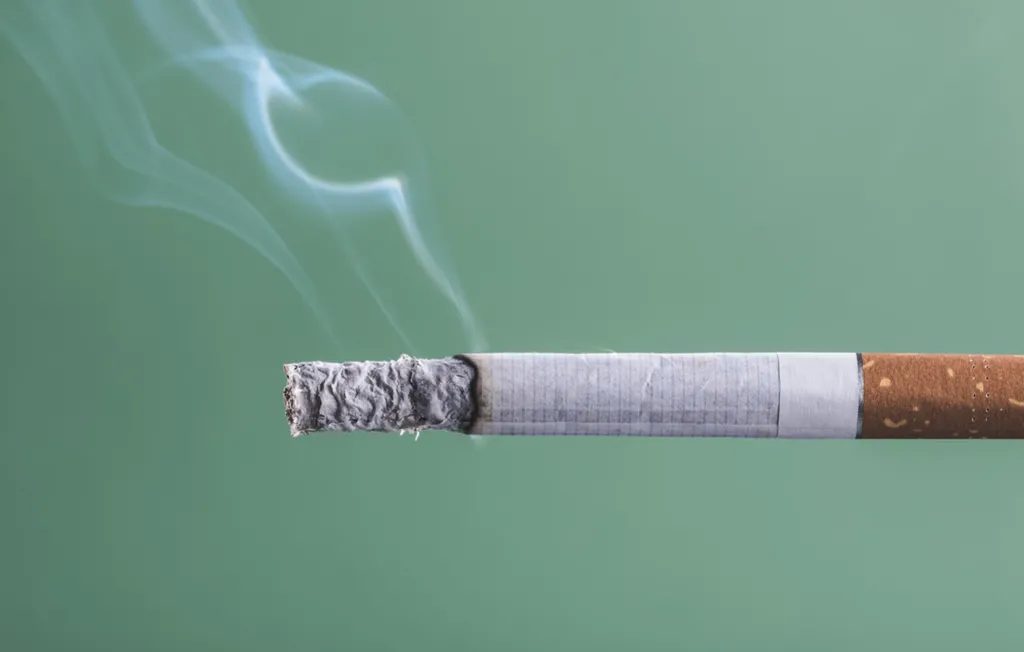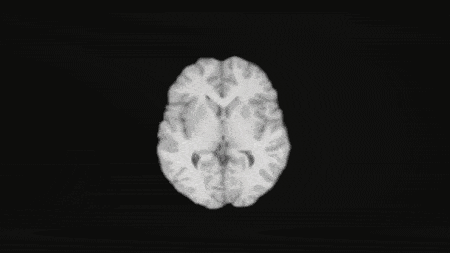Quit smoking gradually VS Quit smoking immediately
A single cigarette produces at least 4,000 chemicals from lighting to burning out, 69 of which are identified as carcinogens.
A study published in The Lancet shows that quitting smoking early can prevent 28 diseases such as myocardial infarction and lung cancer.
Many smokers are aware of the dangers of smoking and try to quit smoking, but they are often unbearable with various withdrawal reactions and fail repeatedly.
From a scientific point of view, gradually quit smoking vs abruptly quit smoking, which method has a higher success rate?

Gradually quit smoking VS immediate smoking cessation, which one to choose?
Scientists from the Universities of Oxford and Birmingham, UK, conducted a randomized controlled clinical trial to evaluate the smoking cessation effect of “gradual withdrawal” and “immediate withdrawal”.
The researchers included 697 ex-smokers with established addictions and randomly divided them into two groups:
The first group is the “immediate smoking-cessation group”, that is, quit smoking directly and completely from the beginning;
The other group gradually reduced the amount of smoking 2 weeks in advance, reduced it to 1/2 of the original smoking amount on the first weekend, reduced it to 1/4 of the original smoking amount on the second weekend, and then stopped smoking.
In addition, both groups of participants received the same behavioral supportive treatment and short-acting nicotine replacement therapy to cope with the uncomfortable symptoms of smoking cessation and improve the success rate.

The research team compared the smoking cessation effects of the participants at 4 weeks, 8 weeks, and 6 months after the start of complete smoking cessation.
The criteria for evaluating the effect of smoking cessation include the quitter’s oral and the exhaled carbon monoxide concentration of the quitter. The results show that:
At 4 weeks
39.2% of the people in the “gradual tapering group” quit smoking successfully without relapse; while 49% of the people in the “immediately stop smoking group” quit smoking successfully without relapse.
At 8 weeks
The success rate of smoking cessation was 29.2% in the “taper tape group” and 36.6% in the “immediate withdrawal group”.
At 6 months
15.1% of the “gradually tapering group” quit smoking successfully without relapse, and 22% of the “immediately stop smoking group” quit smoking successfully without relapse.
The above three groups of data show that the success rate of smoking cessation in the “immediate smoking-cessation group” is higher than that in the “gradually tapering group”.
The conclusion is clear: To improve your chances of quitting smoking, it is best to stop smoking from the moment you decide to start quitting.
Smoking Addiction
Chronic diseases recognized by WHO
The famous writer Mark Twain said: “It’s easy to quit smoking. I have quit dozens of times in my life.” A joke is enough to show how difficult it is to quit smoking.
Nicotine in tobacco is a highly addictive substance, which is an important reason for many “old smokers” to smoke for a long time.
After nicotine is inhaled into the human body, it will enter the brain center with the blood within 10 seconds, stimulating a sharp and short-term release of dopamine.
Dopamine’s euphoric effect wears off quickly once nicotine intake is stopped, leaving smokers unable to continue experiencing euphoria and experiencing withdrawal and cravings.
Therefore, addicts smoke cigarettes every once in a while to maintain nicotine levels in the brain.
It should be emphasized that smoking addiction (also known as tobacco dependence) is not a behavioral habit, but a chronic disease. The World Health Organization has included it in the International Classification of Diseases, coded as F17.2.
The study found that the brain structure and function of tobacco-dependent patients will change, manifested as gray and white matter atrophy, abnormal neural activity in the frontal lobe, temporal lobe, and limbic lobe, and significantly reduced functional connectivity of the insula-related brain regions, proving the pathological site of this chronic disease. in the brain.

Tobacco dependence is divided into physical dependence and psychological dependence:
Physical dependence refers to a series of unbearable withdrawal symptoms, including irritability, anxiety, restlessness, headache, inability to concentrate, sleep disturbance, etc., after smokers stop smoking or reduce the amount of smoking.
Psychological dependence, also known as spiritual dependence, is manifested as a strong subjective desire to smoke.
Physical dependence and psychological dependence cannot be completely separated, and often coexist, which affects the success rate of smoking cessation.
“Withdrawal” is the biggest obstacle
The reason why quitting smoking is particularly difficult is often because of “withdrawal symptoms”.
In general, withdrawal symptoms are a normal phenomenon in the process of smoking cessation. They usually begin to appear a few hours after smoking cessation, are most intense during the first 14 days of smoking cessation, and gradually decrease until they disappear.
Therefore, relapse is most likely when you first quit smoking.
Most withdrawal symptoms last about a month, and there are steps you can take during this period to help you get through the toughest phase.
How to deal with “withdrawal reaction”?
For example, take a deep breath or go for a walk outside when feeling tense or irritable;
When you can’t concentrate, try to reduce the workload and take a short rest;
When feeling tired, be sure to get enough sleep and take a proper nap at noon;
When you always want to eat, choose some fresh vegetables and fruits instead of high-calorie snacks.

It should be noted that some people still relapse after quitting smoking for several months or even years, generally due to inducing factors, such as high work pressure, sudden accidents at home, social gatherings, etc.
When encountering such a situation, one must firm up the belief that quitting smoking is to say goodbye to the cigarette completely, not to touch a cigarette again, and not to take a fluke mentality that “it’s okay to take a puff or two”;
Secondly, to avoid factors that induce smoking, stay away from other smokers, limit alcohol consumption, etc.;
Smoking can be replaced by some compensatory behaviors, such as drinking water, chewing sugar-free gum, taking a walk, listening to music, etc.
In this case, the craving for smoking will not last too long, and as long as you stick to it for a few more minutes, it is likely to avoid a relapse.
Smoking cessation clinics may improve success rates
Some smokers can rely on perseverance to quit smoking. For tobacco-dependent patients, smoking cessation clinics can help improve the success rate of smoking cessation.
Doctors will formulate personalized smoking cessation treatment plans according to the methods recommended by clinical smoking cessation guidelines, including smoking cessation advice, smoking cessation drug treatment, and other intervention methods.
The doctor will also regularly track and follow up on the smoking cessation situation to help solve the problems encountered in the process of smoking cessation.
Don’t be afraid of smoking cessation drugs. Smoking addiction is a chronic disease and the use of drugs is a very formal approach. There is ample evidence that smoking cessation drugs can relieve withdrawal symptoms and improve the success rate of smoking cessation.

Whether it is an “old smoker” or someone who has recently become addicted, some preparations need to be done before quitting smoking to help quit smoking successfully.
Determine a quit smoking day
You can choose an important day, such as holidays, birthdays, anniversaries, etc. From this day on, don’t smoke again.
Create an environment conducive to smoking cessation
Before quitting smoking, dispose of all smoking-related items around you, including cigarettes, lighters, ashtrays, etc. at home, in the car, in the office, and with you, and try to create a smoke-free environment.
Review past smoking cessation experiences
If you have tried to quit smoking before, you can summarize your past experience and find out what helped you quit smoking and what was more likely to lead to relapse.
Especially for problems or difficulties that may arise in the first few weeks, such as nicotine withdrawal symptoms, and plan ahead.
Team up to quit smoking or get personal supervision
Tell family, friends, and colleagues that you have decided to quit smoking, and get their understanding and support. In addition, smokers around you should be encouraged to quit smoking together, at least not in front of you.
Write a commitment
It is recommended to sign a smoking cessation commitment letter with yourself, and you can also leave one for your supporters, which will help you get encouragement and supervision from others.